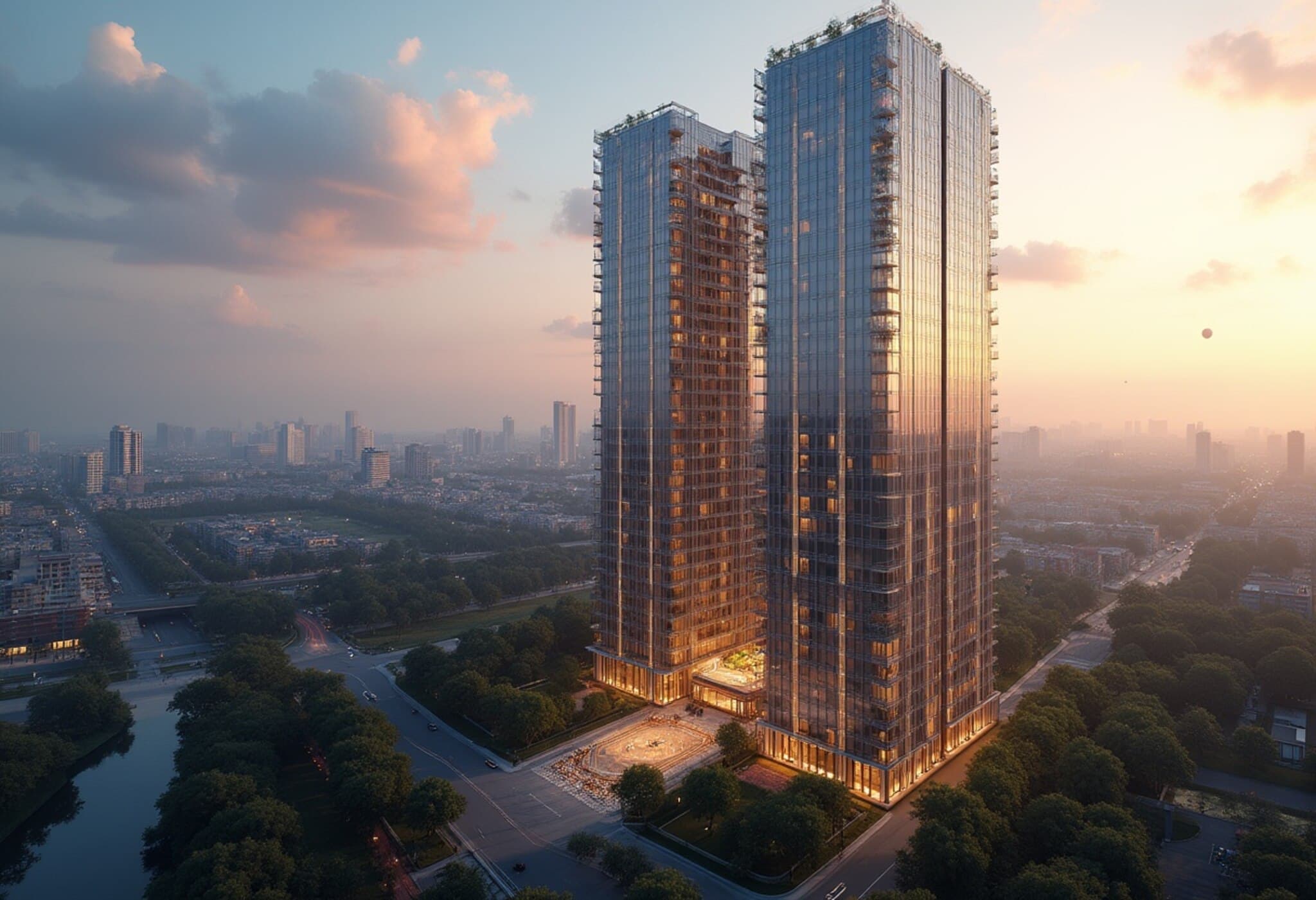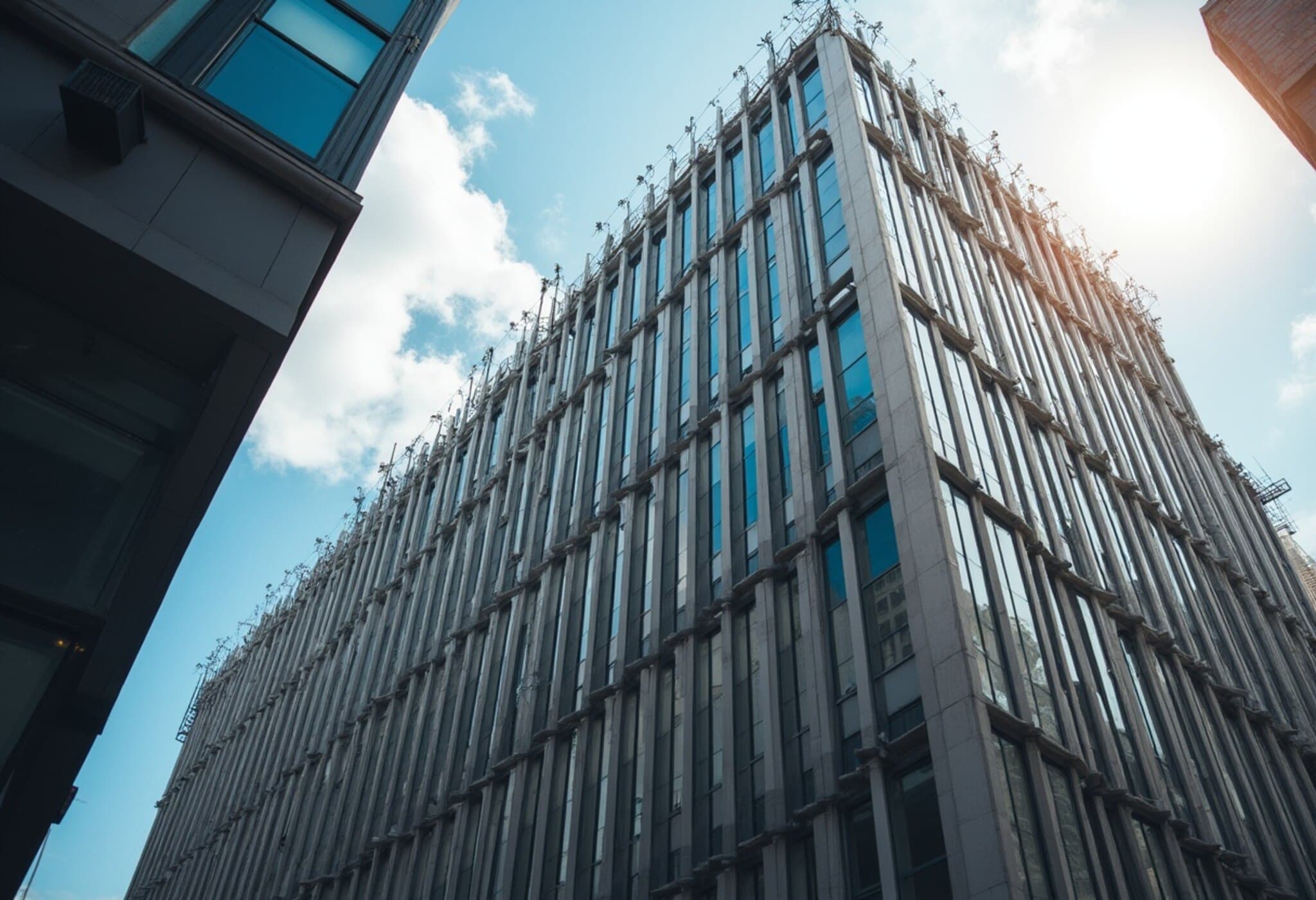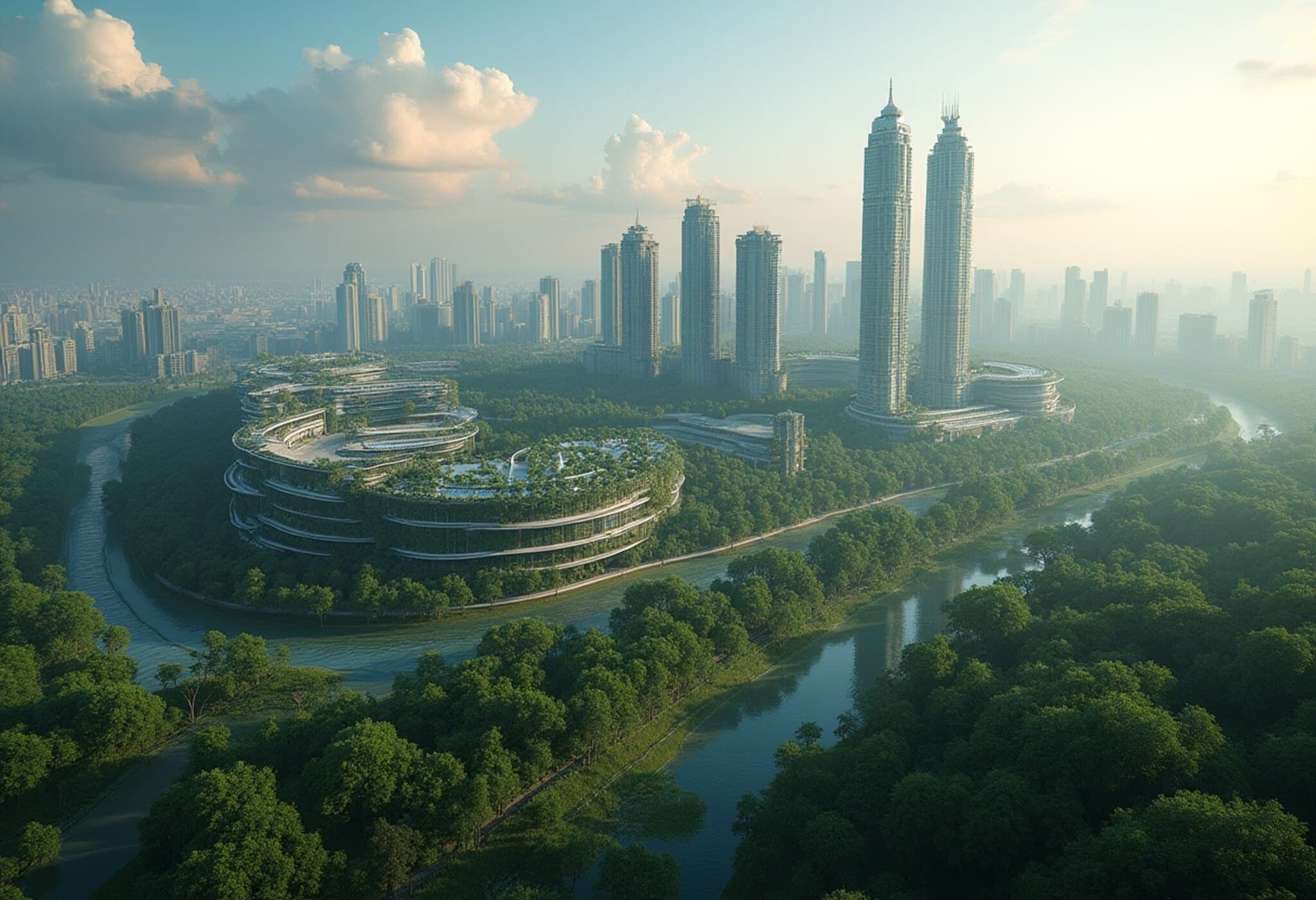Corporate America Sees Strong Comeback in Office Attendance
Over the past year, American businesses have made more headway in bringing employees back to physical workspaces than at any point since the onset of the COVID-19 pandemic in 2020. According to a soon-to-be-published report by commercial real estate giant CBRE, nearly three-quarters of surveyed companies have hit their office attendance targets, marking a significant uptick from the previous year.
Enforcement and Monitoring of Office Attendance on the Rise
The report, drawing insights from 184 companies, reveals a substantial increase in monitoring and enforcement efforts. Currently, 69% of firms actively track employee attendance, up sharply from 45% last year. Additionally, companies enforcing formal attendance policies rose to 37%, more than double the previous 17%.
On average, organizations expect employees to be present 3.2 days per week, though actual attendance figures slightly trail this benchmark. Manish Kashyap, CBRE’s global president of leasing, observes that while some flexibility and hybrid models remain, corporate approaches have matured considerably. "It was somewhat 'loosey goosey' during the past couple of years," Kashyap says. "Now, companies have clearer policies and governance frameworks to balance flexibility with in-person collaboration."
Office Space Expansion Signals Optimism Despite Economic Headwinds
Contrary to widespread narratives of office space shrinkage, the CBRE research suggests many firms plan to maintain or even grow their physical footprints. 67% of surveyed companies intend to keep their current office sizes or expand over the next three years, an increase from 64% a year ago. Expansion drivers largely include anticipated business growth and workforce scaling.
Meanwhile, fewer companies are downsizing; only about one-third plan reductions, down from 36% last year and a notable 53% in 2023. This shift underscores a renewed confidence in the long-term value of in-person work environments.
Yet, this enthusiasm is tempered by caution around macroeconomic factors like tariffs and overall economic uncertainties. Julie Whelan, CBRE's global head of occupier research, explains, "Organizations now have a clearer understanding of their hybrid models after living with them for so long. Even amidst some uncertainty, many are ready to commit to long-term leases and real estate decisions they once deferred."
Quality Trumps Quantity: The Pursuit of Prime Office Spaces
Despite a generally high national office vacancy rate nearing 19% — close to a 30-year peak — demand for high-quality, 'prime' office spaces remains strong. These top-tier offices represent only about 8% of the market yet maintain considerably lower vacancy rates.
Nearly half of the surveyed companies expressed concern about securing premium office space over the next several years. Whelan points out a broader shift in workplace strategy: "Today’s office footprints may be smaller but far more efficient and designed specifically to foster collaboration. Employers focus heavily on the overall workplace experience, seat-sharing efficiencies, and the vibrancy of the surrounding districts, reflecting a more deliberate and strategic use of office real estate than before the pandemic."
The Broader Context: What This Means for Businesses and Communities
This resurgence in office attendance and space investment illustrates a deeper recalibration by employers balancing remote flexibility with the intangible benefits of face-to-face interaction. It also signals to commercial real estate markets and urban centers that office spaces remain central, albeit evolving, hubs of corporate life.
At the policy level, understanding these trends could influence urban planning, transportation infrastructure, and housing markets, especially in major metropolitan areas experiencing shifts in commuter patterns.
Looking Ahead: Critical Questions
- How will companies continue to balance hybrid work models with office-based collaboration?
- What role will high-quality office spaces play in employee productivity and retention?
- How might sustained office presence shape urban economies and public transit development?
- Will long-term lease commitments remain robust in the face of economic uncertainties?
Editor’s Note
This CBRE report sheds vital light on an ongoing workplace evolution. While the past years were marked by upheaval and experimentation, today’s data reveal employers striving for a structured, nuanced approach to office work. The preference for quality over volume in office real estate suggests a future where offices are tailored ecosystems of collaboration and innovation rather than mere desks filled. As these trends unfold, policymakers, business leaders, and employees alike should consider the shifting role of physical workplaces in a world that’s learning to connect both virtually and personally.



















